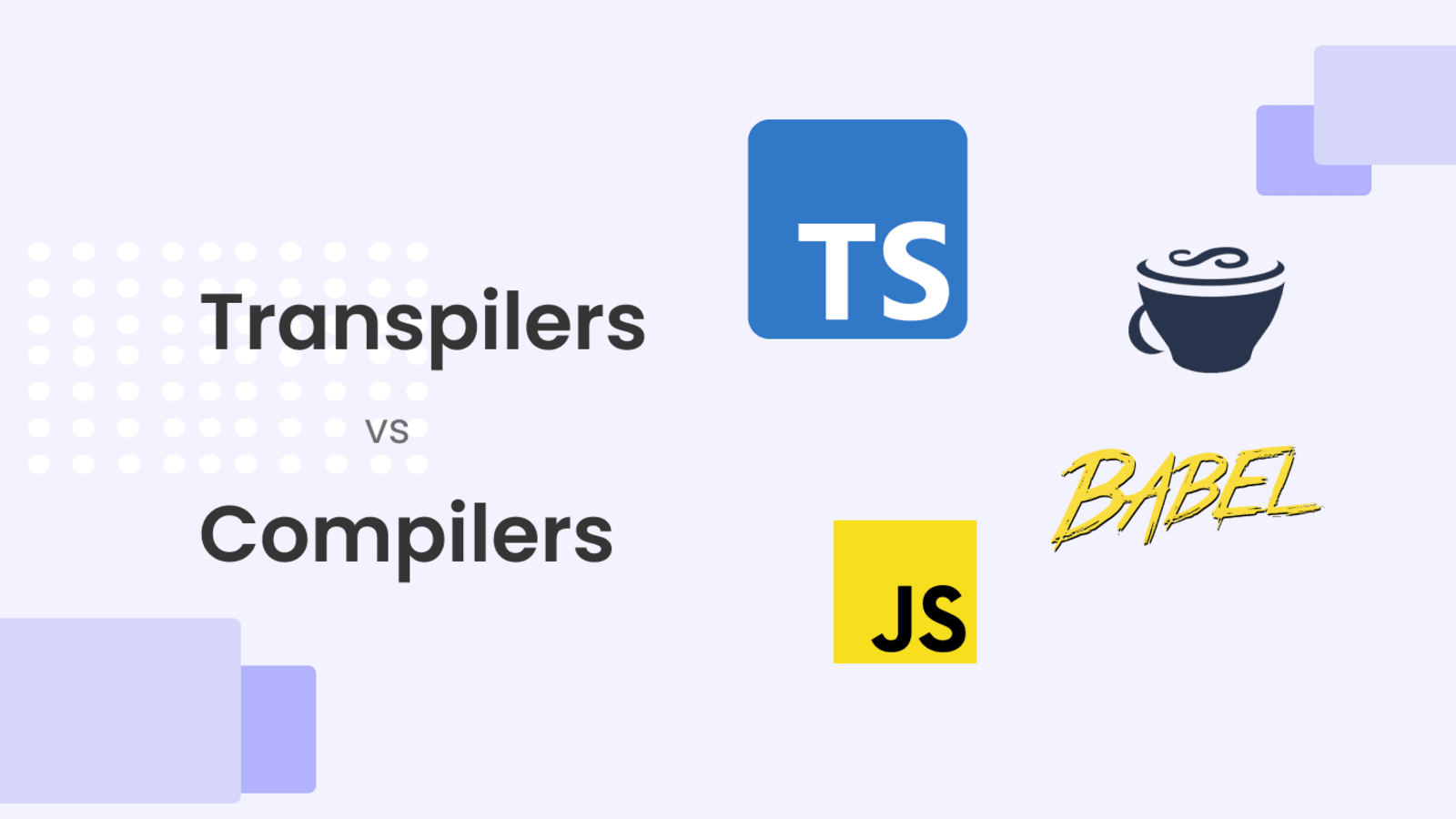Compiler vs. Transpiler: Understanding the Differences and Use Cases 🔄🖥️
 Aryan Parmar
Aryan Parmar
Introduction:
Welcome to a fascinating exploration of compilers and transpilers! 🚀 In this blog post, we'll dive into the world of programming languages and dissect the differences between compilers and transpilers. 📚 Get ready to uncover their unique characteristics, use cases, and how they shape the way we write code! 💡
Table of Contents:
Introduction
What is a Compiler? 🧪
Key Characteristics
Compilation Process
What is a Transpiler? 🔄
Key Characteristics
Transpilation Process
Compiler vs. Transpiler: The Key Differences 🔀
Language Support
Output Type
Performance Considerations
Use Cases and Examples 🌐
Compiler Use Cases
Transpiler Use Cases
Conclusion
🧪 What is a Compiler?
A compiler is a software tool that translates source code written in a specific programming language into machine code or a lower-level representation that can be directly executed by a computer. 🖥️ Compilers are commonly used in languages like C, C++, and Java. Let's take a closer look at their key characteristics and the compilation process:
Key Characteristics:
Converts entire programs at once
Typically produces highly optimized machine code
Focuses on efficiency and performance
Compilation Process:
Lexical Analysis: Breaks the source code into tokens.
Syntax Analysis: Constructs a parse tree to validate the code's syntax.
Semantic Analysis: Checks for semantic errors and assigns meanings to code constructs.
Code Generation: Translates the code into machine code or an intermediate representation.
Optimization: Enhances the code's performance through various optimization techniques.
🔄 What is a Transpiler?
A transpiler, or source-to-source compiler, is a tool that translates code from one programming language to another, usually at a similar level of abstraction. Transpilers are often used to convert modern code into backward-compatible versions or to transform code from one language to another. Let's explore their key characteristics and the transpilation process:
Key Characteristics:
Converts code from one language to another
Preserves the original code structure and logic
Often used for language migrations and cross-platform development
Transpilation Process:
Parsing: Analyzes the input code and builds an internal representation.
Transformation: Modifies the internal representation based on the desired output language.
Code Generation: Generates code in the target language while preserving the original logic.
🔀 Compiler vs. Transpiler: The Key Differences
Now that we understand the basics of compilers and transpilers, let's compare them based on several key factors:
| Factor | Compiler | Transpiler |
| Language Support | Supports multiple languages | Converts between specific languages |
| Output Type | Machine code or lower-level code | Code in a different language |
| Performance Considerations | Focuses on optimizing code | Focuses on preserving logic |
🌐 Use Cases and Examples
Compiler Use Cases:
Creating standalone executables for performance-critical applications
Developing system-level software like operating systems and device drivers
Optimizing code for specific hardware architectures
Transpiler Use Cases:
Converting code from ES6 to ES5 for compatibility with older browsers
Transpiling TypeScript to JavaScript for browser execution
Migrating code from one language to another during a language transition
Conclusion:
Compilers and transpilers play vital roles in the world of programming languages. While compilers focus on translating code into efficient machine code, transpilers bridge the gap between different languages and enable cross-platform compatibility. Understanding their differences and use cases empowers developers to make informed decisions when choosing the right tool for their projects.
✨ Embrace the power of compilers and transpilers, and let them elevate your coding experience! ✨
Subscribe to my newsletter
Read articles from Aryan Parmar directly inside your inbox. Subscribe to the newsletter, and don't miss out.
Written by
